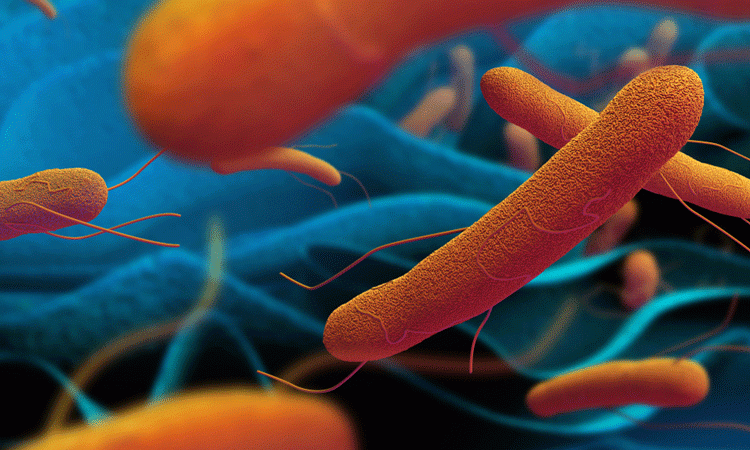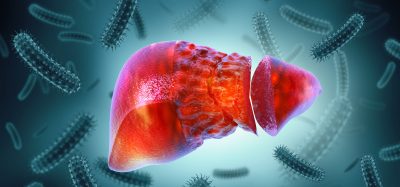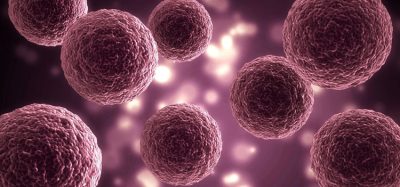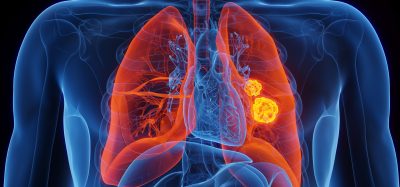Researchers identify key mechanism of typhoid toxin
Posted: 9 September 2019 | Victoria Rees (Drug Target Review) | No comments yet
The process of Salmonella typhi to damage DNA has been revealed by researchers at the University of Sheffield which could inform treatments.


Researchers have discovered how the typhoid toxin works to manipulate DNA repair mechanisms to accelerate the ageing of cells, which they say could inform new treatment strategies for the condition.
The team, from the University of Sheffield, UK, infected human cells in a lab with the bacteria Salmonella typhi. The pathogen releases the typhoid toxin, which attacks cellular DNA.
They used fluorescent microscopes to study how the toxin damaged the DNA and found the toxin takes over DNA repair machines and accelerates cellular ageing, resulting in higher susceptibility to infection. Over time, secretions from the infected cells make the surrounding cells age also.
The DNA damage response was dubbed RING (Response induced by a Genotoxin), after the single-strand breaks in the double helix of human cell DNA.


RINGs of DNA damage in human cells caused by the typhoid toxin underlying typhoid fever (credit: University of Sheffield).
Professor Sherif El-Khamisy, Deputy Director of the University of Sheffield Healthy Lifespan Institute from the Department of Molecular Biology and Biotechnology, who co-led the work said: “Until now, how the typhoid toxin of Salmonella typhi contributed to infection had been a mystery. If we are to combat typhoid, understanding how the toxin causes breaks in the DNA of human cells and promotes infection is key and we hope this find will be the first step in developing new strategies to control typhoid, which affects some of the world’s most vulnerable communities.”
The researchers now hope to further investigate how this discovery can be exploited to help treat typhoid as well as determine whether the RING phenotype is a signature of other diseases associated with DNA damage such as cancer.
The findings were published in Nature Communications.
Related topics
Disease Research, DNA, Drug Targets, Research & Development
Related conditions
Typhoid
Related organisations
Sheffield University
Related people
Professor Sherif El-Khamisy








